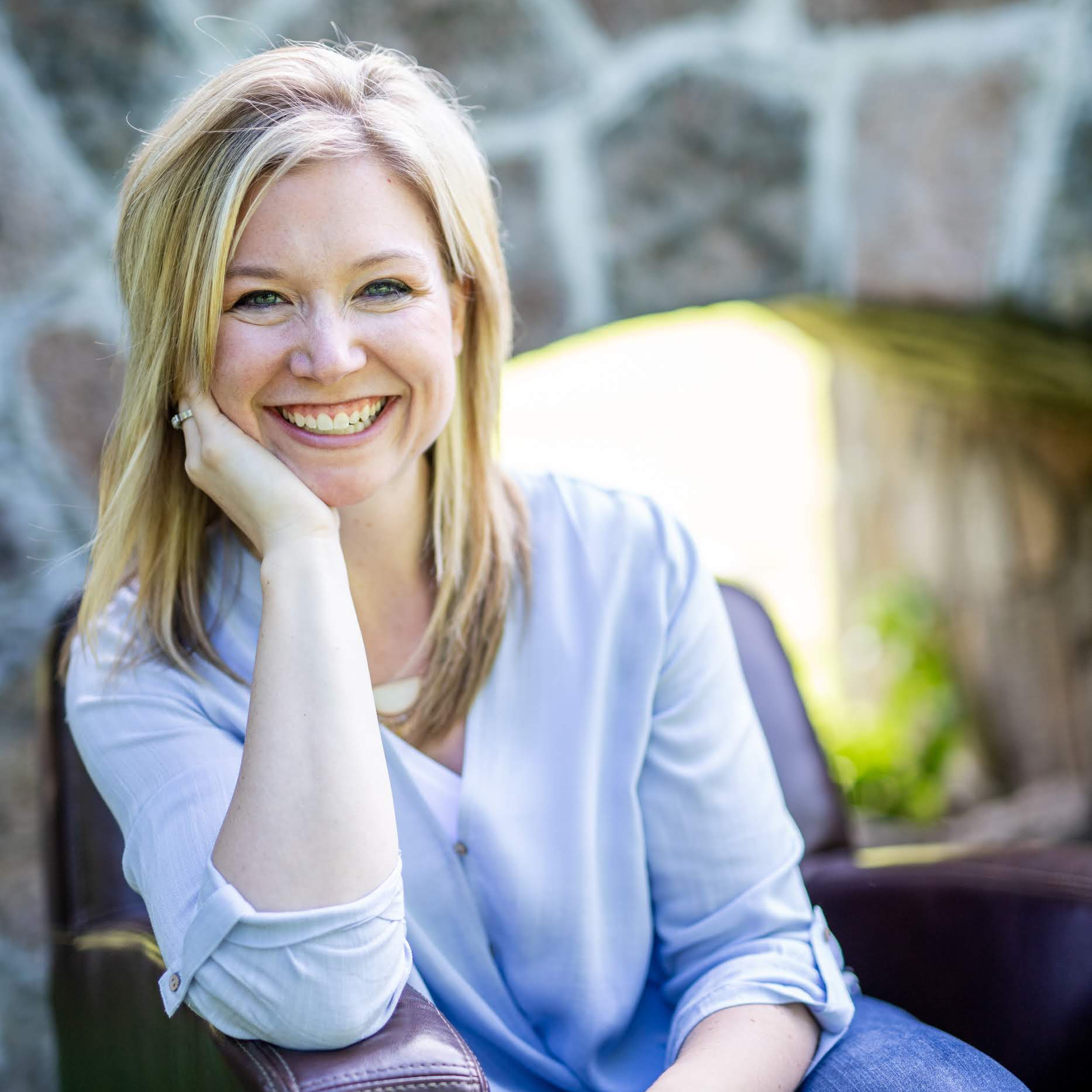Why Our Homes Need White Space
Hands on hips, I surveyed the room with trepidation. Technically, it was a combined office, workout room, and storage space. But really, it was a hot mess.
On the edges of the room, boxes were stacked up like an adult-sized Jenga. Craft supplies spilled across one desk, mail and paperwork sprawled across the other. It was overwhelming. Debilitating. And incredibly stressful.
Where did I even begin to sort through this mess?
For months, I tried to organize the room’s contents, with mixed results. But when we decided to put up a wall to create another bedroom—effectively splitting the room in half—I knew I needed to go further. More donations, more trash, and more cleaning followed, until finally the room was ready for renovating.
As I worked my way through the clutter we had accumulated over the last decade and began to dream about the renovated space, I was reminded of the years I spent working as a copy editor.
One of my main duties at our mid-size daily newspaper was designing the pages. When you lay out a page, it’s important to have a plan. You need to know the stories that will be placed on the page, the typography of the headlines, the pullquotes and occasional cutouts—all of which must be considered before you begin. Without a plan, the page is likely to end up disorganized, overcluttered, and a visual nightmare.
In addition to all of the things that need to appear on the page, there’s another important aspect: White space. White space isn’t wasted space; it’s simply negative (blank) space that throws the rest of design into relief. White space increases the reader’s comprehension and helps them focus. It draws the viewer’s attention to what really matters.
We’ve all encountered a busy design, be it a newspaper, a book cover, or a webpage. Unsure of what to focus on, our eye bounces from one design element to another. It’s distracting and disorienting.
Good design incorporates white space so that the message is effective.
All too often, we forget to approach our homes with the same eye for design. Instead, we bring in more and more clutter, until eventually we’re overwhelmed. We forget to intentionally include white space in our homes, and it does far more than simply distract us.
As our brains bounce from one item to the next, the clutter has a profound effect. A study from UCLA’s Center on Everyday Lives of Families (CELF) found that the amount of stress women experience at home is proportional to the amount of stuff they accumulated. Decluttering, on the other hand, often leads to better sleep, diet, and overall health. (link)
We aren’t meant to live in this cluttered state of heightened anxiety, friends.
Jesus offers a better, lighter way. As 1 Corinthians 14:33 reminds us, “For God is not a God of disorder but a God of peace.” Order helps bring peace to our lives, to our mental spaces, and to the rooms of our homes.
Let’s consider redesigning our homes, intentionally including more white space. Rather than painting walls or changing decor, let’s focus on having less so that we can experience more. More breathing room. More open spaces and places to enjoy our homes and the people who reside within them, rather than constantly worrying about mounting clutter and soaring stress.
Unsure how to begin? Here are a few tips:
- Start with a space that’s unsentimental. It’s a lot harder to go through family photos, for instance, than it is to clean out expired medicines. A bathroom or kitchen is a great place to begin.
- Try the shoebox method. Declutter one shoebox (or cardboard box, plastic tub, etc.) at a time, focusing only on that box’s contents. Targeted decluttering is easier than pulling everything out and getting overwhelmed.
- Give yourself a time limit. Even 10 or 15 minutes devoted toward decluttering can be long enough to clean out a single drawer. Schedule the decluttering into your day like any other appointment.
- Commit to the one-in, one-out method. Any time something new enters the house, remove an item (or two or ten) from the home.
Though my home is still a work in progress, the hard work of decluttering has paid off. My oldest daughter now has a bright, airy bedroom with built-in wooden cabinets and a windowseat. On the other side of the wall, the desks are (mostly) organized, and a built-in bookshelf and velvety blue chair have become a cozy reading nook. Better yet, I no longer dread opening the door, afraid at what I’ll find inside.
Though intentionally designing our homes is work, it’s worth it. Let’s join together to do the hard work of creating more open spaces in our homes, calendars, and lives.

A career in journalism set Kristin Demery up to publish her own stories of living this wild, precious life. She now is an author of five truth-telling books, including the latest 100 Days of Kindness, and part of a trio of writers collectively known as The Ruth Experience. Kristin served as a newspaper and magazine editor and her work has been featured in a variety of publications, including USA Today. She still works behind-the-scenes as an editor for others while writing her own series on kindness, friendship, and living with intention. Find more from Kristin at theruthexperience.com.

